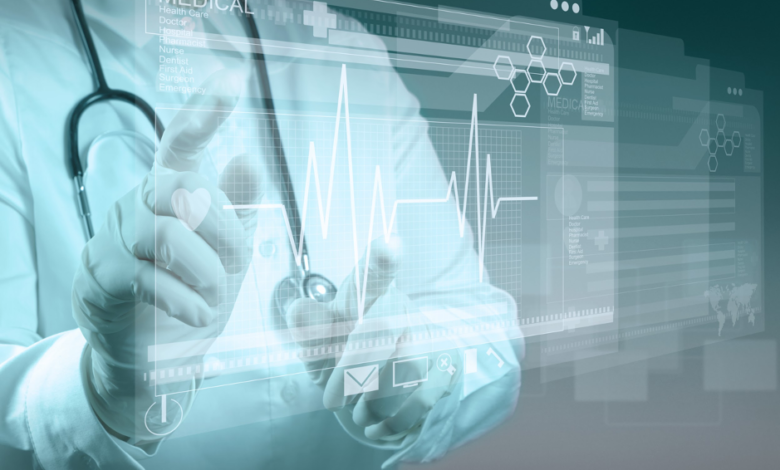
Artificial intelligence was already growing and evolving exponentially, but will COVID-19 accelerate its use and acceptance within healthcare?
Healthcare has always been a late adopter of technology. With people’s lives and wellbeing at stake, each advancement or development must be tested and proven before being implemented. Additionally, ethical questions around safety, privacy, and autonomy must be answered.
However, the unprecedented pandemic we are facing has tipped the scales when comparing the benefits to the necessary caution required.
The virus has forced the industry to adapt more quickly than ever before.
Because of this urgency, 2020 has seen the rapid advancement of artificial intelligence into the healthcare system, as health organisations and tech companies innovate as quickly as possible to manage the threat.
So, what are the main areas impacted?
Big Data Analysis
Coronavirus is proving to be an enormous challenge because it is unlike anything we have seen before, hence it is classified as a “novel” virus.
Advanced data aggregation service companies are working hard to gather patient data sets for use within the life science sector.
With sufficient data, AI can be used to identify patterns in the spread, symptoms and outcomes of the disease, as well as the effectiveness of various treatment approaches around the world. The more data that we can gather, the more we can understand how the virus works.
We are seeing three main use cases emerging around the world at the moment. Firstly, hospitals are using data to deliver the best service and patient outcomes with the resources available.
In hospitals in the UK, the NHS is creating live dashboards to show hospital occupancy levels, A&E capacity, waiting times and data around the length of each coronavirus patient’s length of stay.
This data will inform healthcare decisions moving forward. It will assist with the identification of risks to vulnerable members of the population, increasing resources in virus hotspots, allocate critical equipment to areas with the greatest need, and send patients to the hospitals that have the staff and resources to treat them most effectively.
The second area that big data is being used is to manage the spread of the virus.
Examples of this include Kinsa digital smart thermometers, which are collating temperature data to identify emerging COVID-19 hotspots, and Google assisting public health experts in identifying large scale behaviour trends.
Using aggregated GPS data from people who have opted into location tracking, Google can measure the density of visitors to public spaces like parks, beaches or promenades.
Apple and Google have recently teamed up to trace Coronavirus patients and alert people nearby through an app where users sign up via their smartphones in a bid to slow the spread.
Governments can use this information to make decisions around improving the effectiveness of social distancing measures.

Thirdly, scientists are working to leverage this data to find a treatment or vaccine as quickly as possible. The main challenge here is to gather sufficient data to show statistical proof beyond coincidence or correlation.
Up until the outbreak of the pandemic, the use of global data to improve health outcomes across the world has been underutilised. In the past ten years, we have seen an increase in the amount of data being collected, but little improvement in the way that it was applied.
Coronavirus has led to unprecedented collaboration, driven by the scale of the challenge and its simultaneous impact on so many countries around the world.
There are various initiatives in place to facilitate global data sharing, such as the COVID-19 Open Research Dataset. This dataset makes over 51,000 articles on COVID-19 free and available, encouraging researchers to use natural language processing to learn more about the virus and formulate possible approaches.
Going forward, the approach to coronavirus could be a case study in how we can leverage global data more effectively.
CT Scans
The virus is also reinforcing the value of AI for medical imaging.
Hospitals are discovering that CT scans of COVID-19 infected lungs could not only identify the virus and differentiate it from pneumonia-affected lungs but also predict the severity and outcomes for that patient.
Medical professionals can use this information to determine treatment options and prioritise ICU space while maximising patient outcomes.
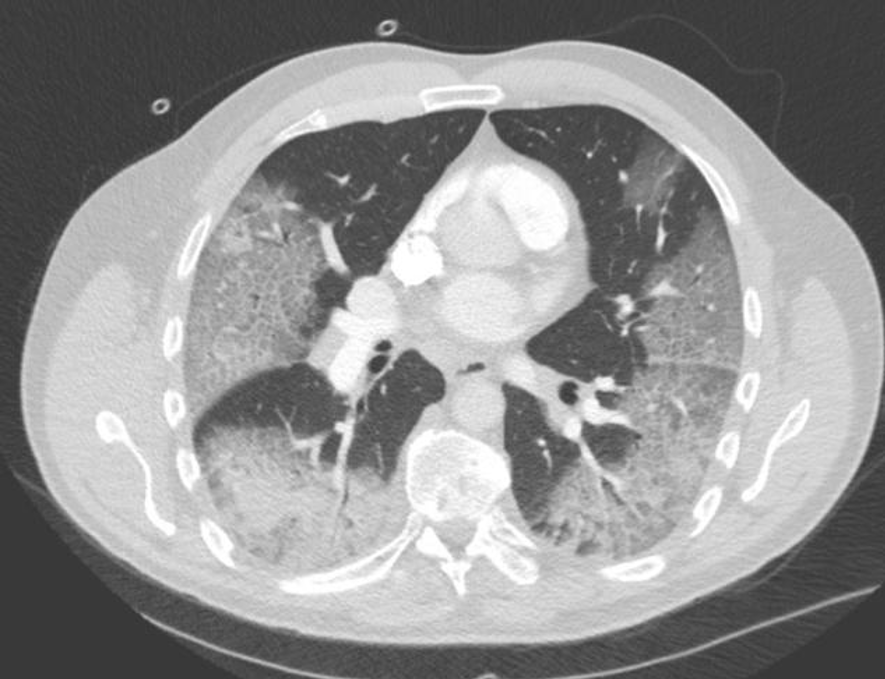
To cope with the sheer volume of patients, hospitals in regions profoundly affected by coronavirus are installing new scanning units, either within the hospital or in the form of mobile units outside.
But with hospitals completing back-to-back scans day and night and an already strained healthcare system, there aren’t enough doctors to review the scans.
This gap is where AI for automated image analysis comes in.
For the technology to be viable, there must be sufficient CT scans available to “teach” the algorithm on how to diagnose the virus and assess the severity and evolution of the disease for that patient.
Again, global collaboration is vital, and more than 30 European hospitals have already volunteered to share their data to assist.
Before the outbreak of the pandemic, we were already seeing AI used in medical imaging on a local level, with a US study showing that one-third of hospitals and imaging centres were using AI in this area.
It will be interesting to see the increase in usage post-COVID-19.
Robotic Process Automation
While Robotic Process Automation (RPA) technically sits within Intelligent Automation rather than Artificial Intelligence.
It encompasses software bots that mimic human actions rather than simulating human intelligence by “learning” and “thinking,” it is frequently classified under the same umbrella.
To this end, it is worth mentioning the accelerated adoption of RPA since the COVID-19 outbreak.
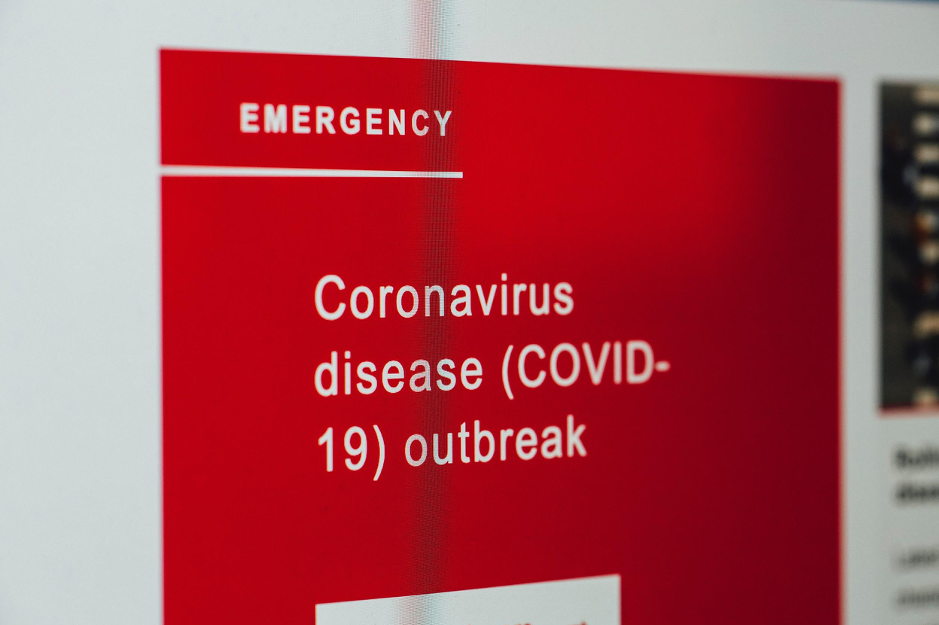
RPA is incredibly useful in healthcare due to the dramatic increase that it can deliver in both speed and accuracy.
Data that would take 24 hours to process manually can be updated and analysed in minutes with RPA.
In an under-resourced industry like healthcare, where a decimal point error can mean a life or death situation, RPA has a multitude of applications.
Since the outbreak of coronavirus, the health industry has been under even more immense pressure. In many countries, medical student training is being fast-tracked so they have more hands-on deck. Retired doctors, nurses, and pharmacists are returning to help fight the pandemic.
While healthcare systems were already implementing RPA, the current crisis has prompted leading RPA developers like Automation Anywhere, UiPath, and Blue Prism to offer free software bots and support to hospitals, to allow rapid deployment of automation.
One example of how RPA can help is order processing and inventory tracking and monitoring. Automation Anywhere is working with hospitals to address the unprecedented pressure on the procurement department, with the widely documented challenges securing PPE and additional ventilators, not to mention medication shortages.
Another example is data processing, with UiPath automating the processing of COVID-19 testing kits at the Mater Hospital in Dublin. It saves the nursing department an average of three hours per day and delivers results within minutes.
AI Powered Apps
The next area that is evolving with the increased use of Artificial Intelligence is mobile applications.
Again, this is not new to healthcare.
There are many apps already in use, including symptom checkers, mental health support, and a skin cancer review app. While these apps are gaining momentum and becoming more accurate, their use in mainstream medicine is still very much in its infancy.
However, facing a pandemic that requires widespread social distancing could easily result in long-lasting changes to people’s caution around infection and the spreading of viruses.
We have seen first-hand how Hong Kong and Singapore were much quicker to grasp the seriousness of the coronavirus and react appropriately, given their relatively recent experience with SARS. W
ill a global pandemic reduce non-essential emergency room visits and increase the level of adoption of AI-powered health apps and demand for telehealth services? It is a definite possibility.

When looking specifically at coronavirus, the Cambridge University and the Carnegie Mellon University are each working to develop AI-powered apps that listen to the user’s voice and cough to detect the likelihood of the virus. In China, they are using AI-powered apps to monitor people’s health.
As with big data collection and medical imaging, there are still hurdles to overcome around gathering a large enough dataset to “teach” the AI platforms the information that it needs.
Developers are working through technical difficulties and privacy concerns. However, it is clear that AI-powered apps are now part of the broader picture and the future of healthcare.
Predictive Analytics
As well as considering the current challenge, we are also beginning to look at how we can prevent similar threats in the future.
Again, any predictive analysis using AI tools such as machine learning to predict an event such as coronavirus is challenging due to a lack of data.
Having (fortunately) experienced a low number of global pandemics, there is insufficient direct data to gauge if and when another is likely to occur.
That said, the rollout of global automation projects across healthcare systems could play a significant role in our ability to detect future pandemics and allow the world to react far more quickly than we were able to with COVID-19.
We are seeing a sharp increase in automated data collection in doctors’ surgeries, and hospitals, which could be analysed through machine learning to identify any significant jump in doctors’ visits, sick days, or emergency room attendees.
Tracking and analysing this data should allow the industry to pick up warning signs of a possible larger event.
This approach still needs some finessing to ensure that appropriate controls are put in place so patients and the general public can be confident that data will be anonymous and that patients can control whether their data is shared.
There is little doubt that necessity is forcing a faster and more widespread uptake of AI in the mainstream health system.
The interesting question is, what will the new normal look like when COVID-19 is no longer a threat? My hope is that healthcare will emerge a more efficient, highly informed and collaborative sector than ever before.


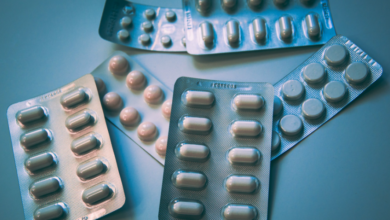

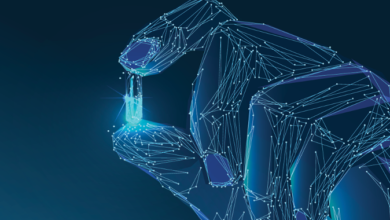
[…] How COVID-19 is Fast Tracking AI Integration in Health […]
[…] How COVID-19 is Fast Tracking AI Integration in Health […]
[…] We are seeing more telehealth consultations than ever before, a rise in the national health service staff working from home, the rapid uptake of app usage in the healthcare sector, and the fast-tracking of AI integration in the healthcare sector. […]